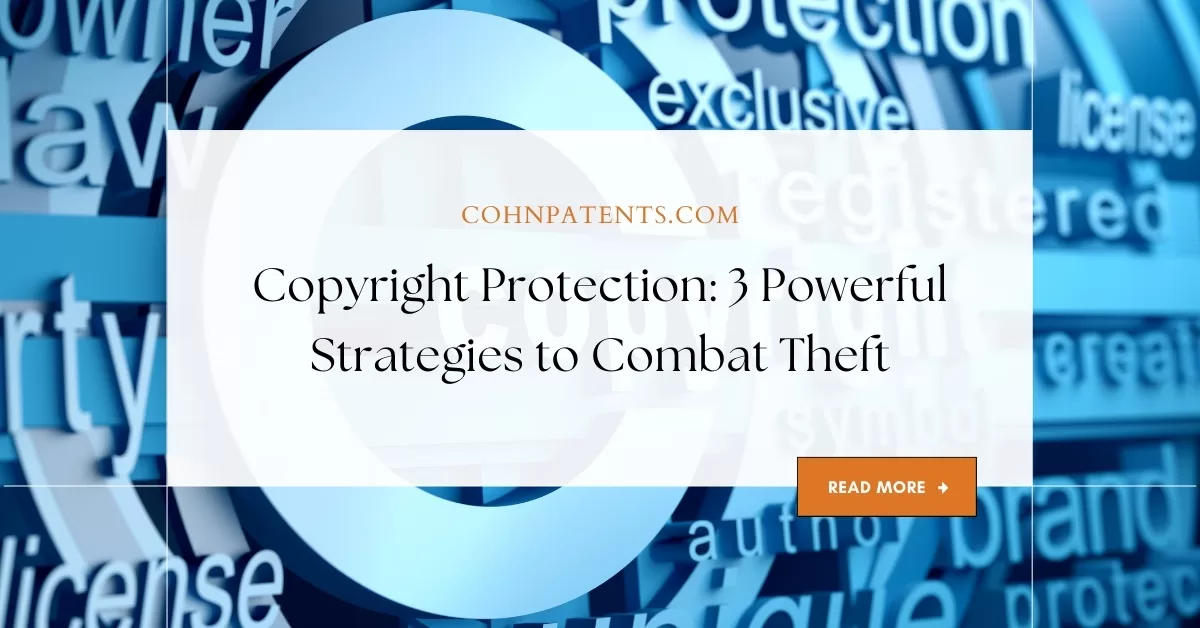Top Copyright Protection Techniques
Explore 3 crucial copyright protection measures against web content theft, including DMCA badges, clear notices, and detailed record-keeping.
There is nothing new about copyright violations; people have been stealing content from others for centuries, regardless of the laws in place. What creates more immediate problems in our modern era, however, is the ease with which content can be lifted online – a point, a click, copy and paste and you’re done. Still, it is important not to lose sight of the flip side of this technological coin. If technology makes it easier to immediately lift content, it also makes it easier to protect it or contest a theft as well.
Certainly, not everyone who “steals” web content understands that they are in fact violating a copyright, particularly if they place a link to the original content. Notably, there is often confusion over how much is too much of the original piece to post without violating copyright laws. Other times, the intent to steal is clear—there is no attribution and no link back, just an obvious attempt to use someone else’s work to bring traffic and ad money to a particular site. Never the less, regardless of whether or not the theft was purposeful and malicious, there are a few things you can do to protect yourself.
- Put a DMCA badge on your site after registering with the program. There are preset forms and take down letters there that you can simply fill out and send to the web host of whoever has taken your content.
- Make sure your copyright notice is clear, well-defined and visible. This should act as a powerful deterrent against theft.
- Keep records and drafts of your work, online or offline, in case you need to prove that your work is actually yours, and not someone else’s.
There are tools available to protect your content in real time—we’ll cover those, and other steps you can take, in a later article.
Contact your Patent Attorney to learn more.


